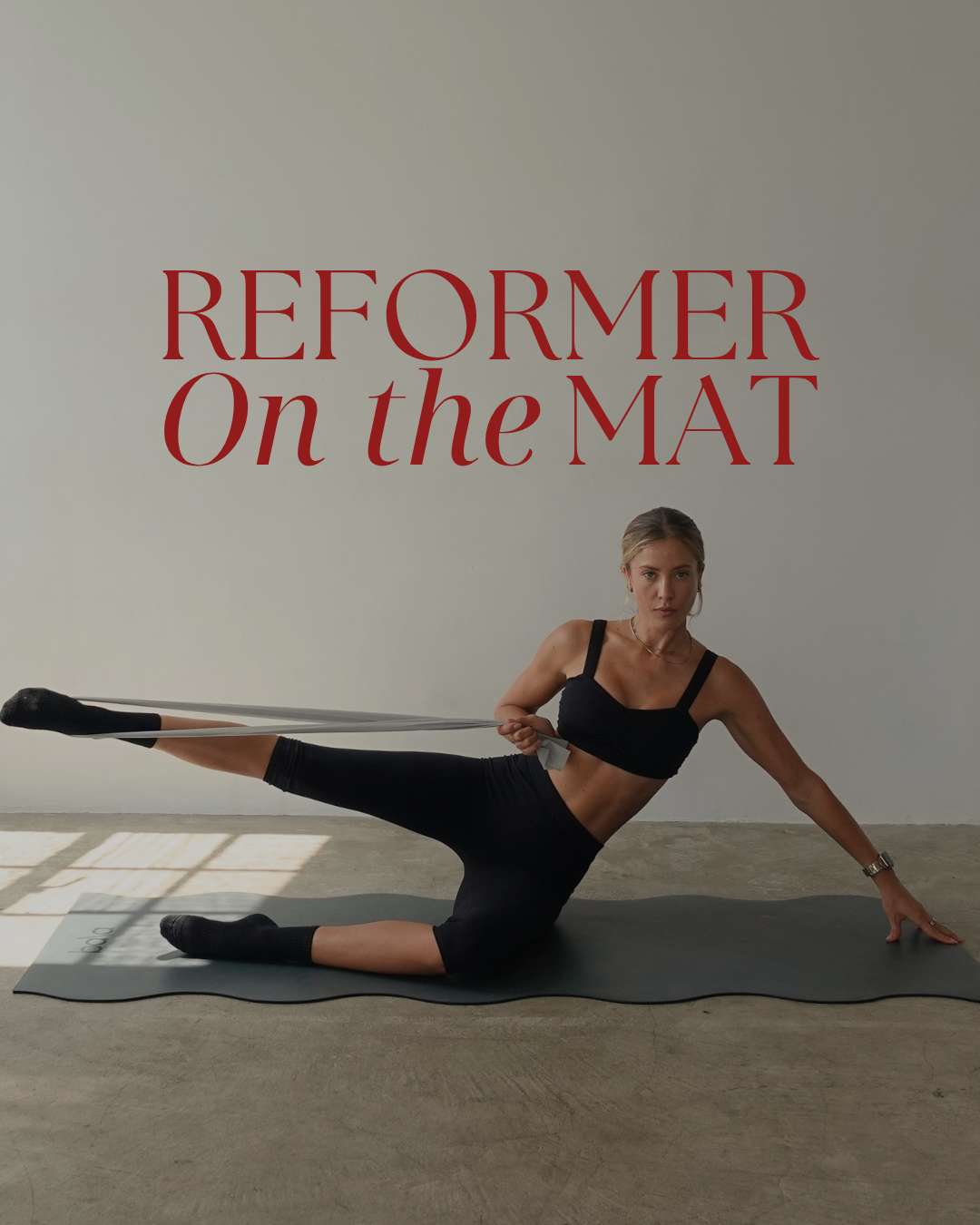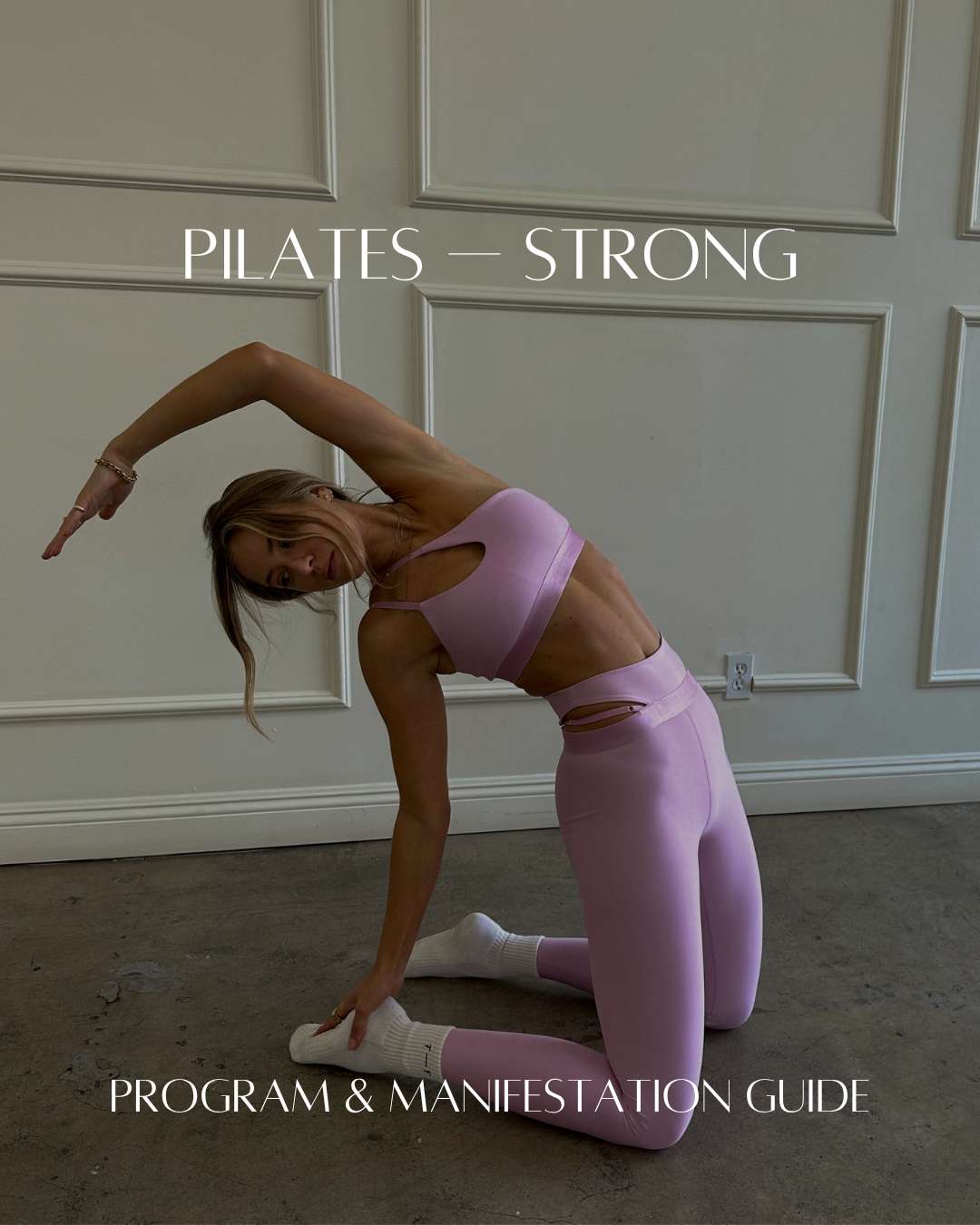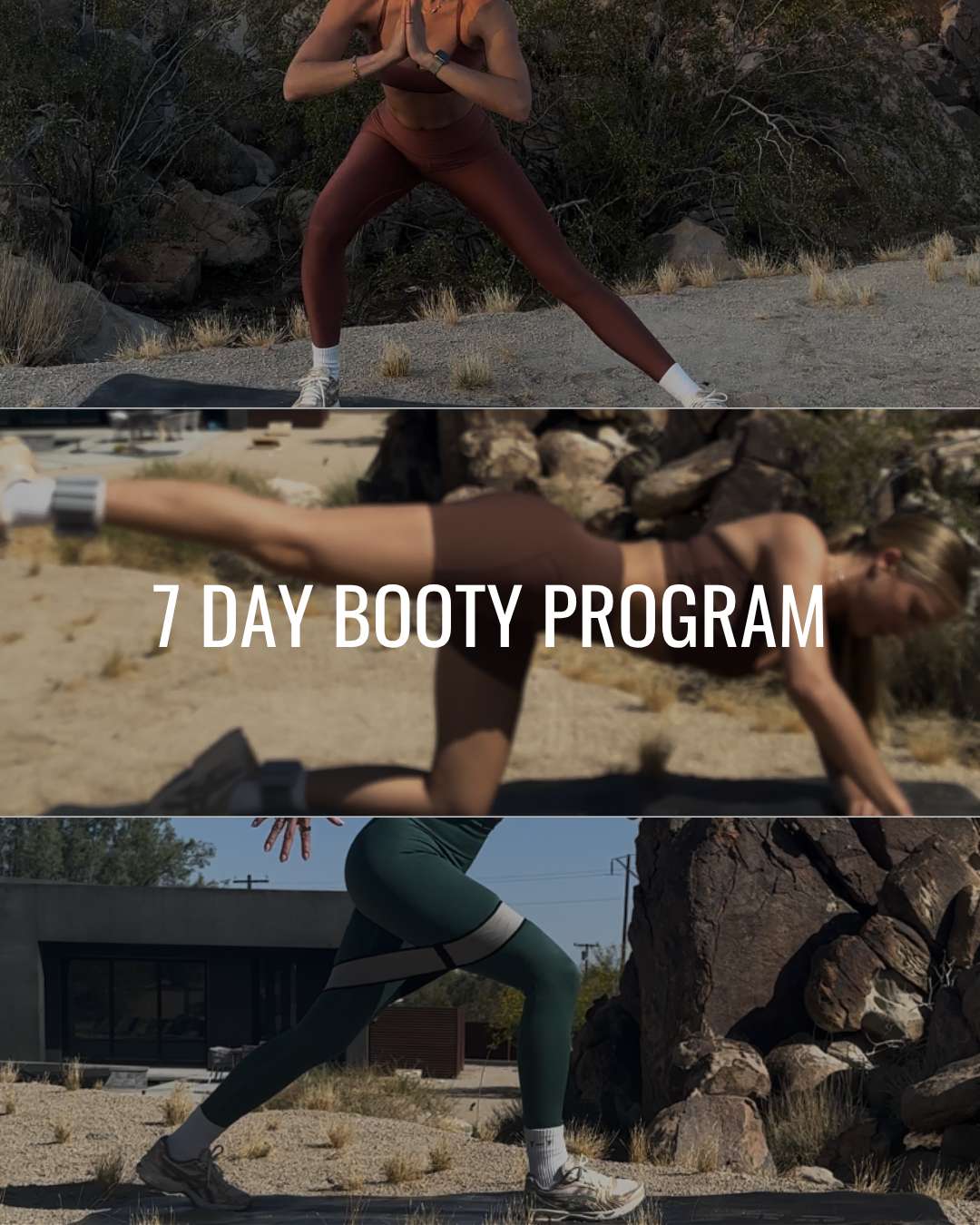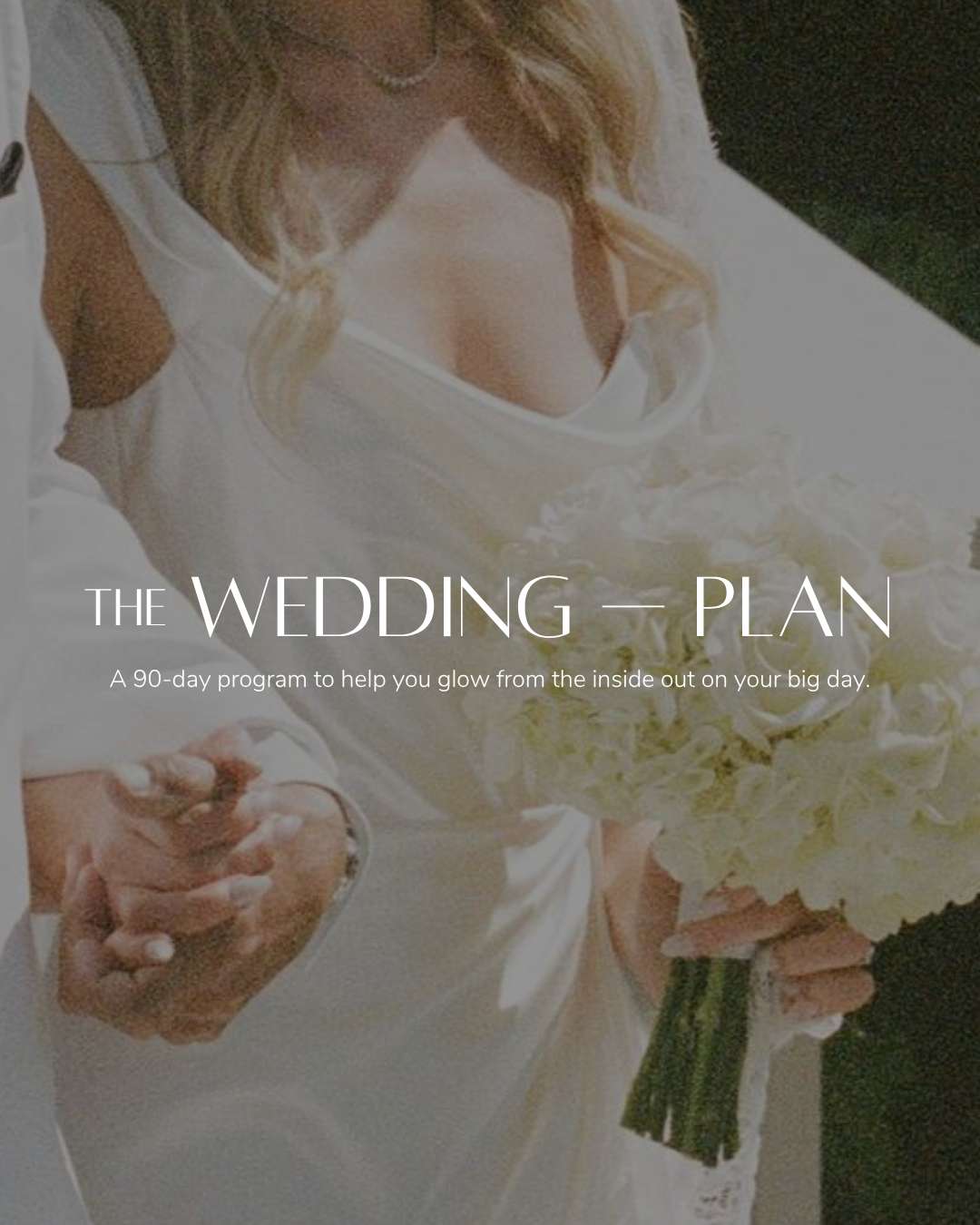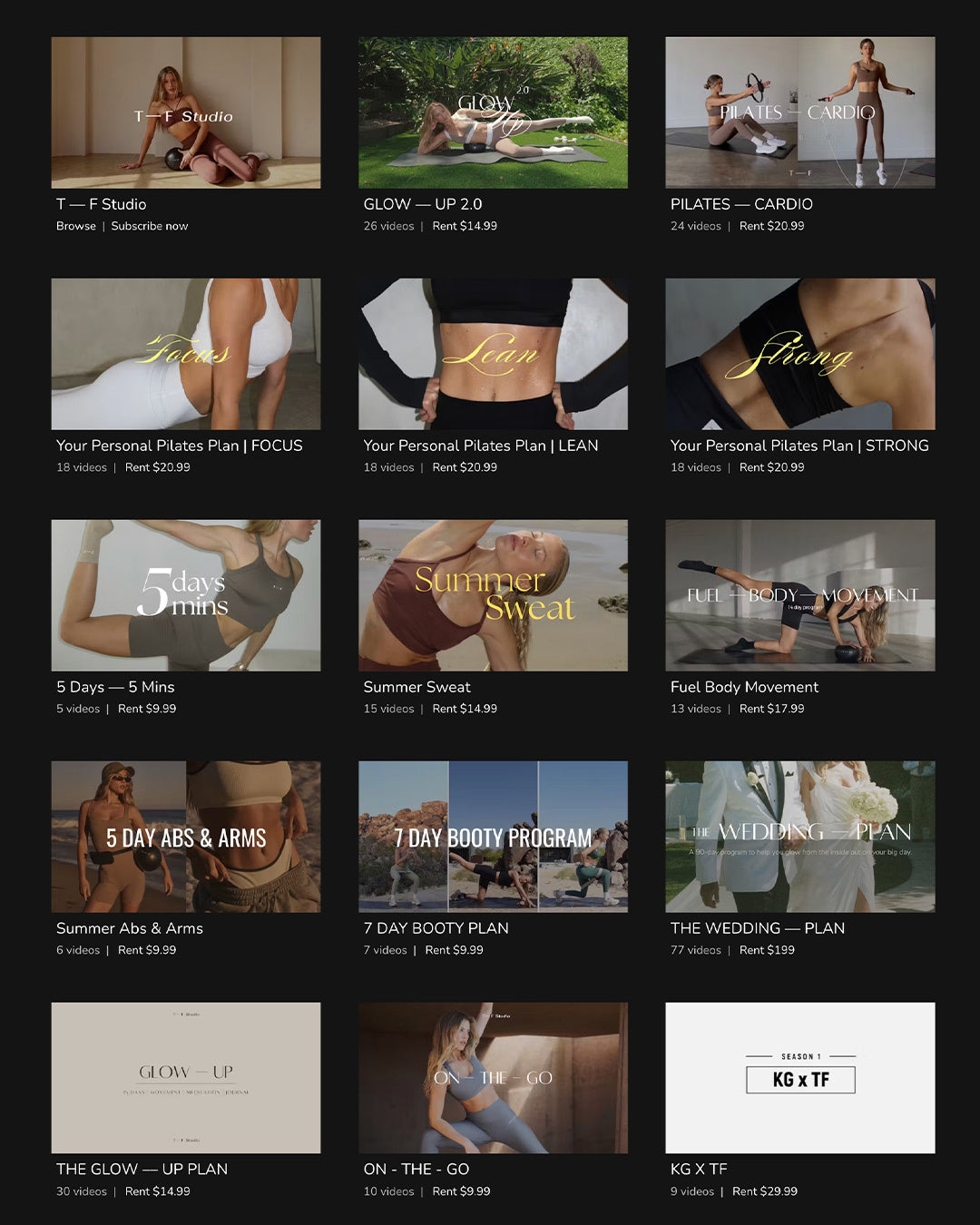Push-ups sometimes get a bad reputation, especially from women. I’d put them in the same difficulty category as pull-ups and burpees. Just hearing the word might be intimidating. Not because we’re weak or incapable, but because push-ups expose all the little gaps in strength, stability, and form. And since we already know they’re going to be hard, we often skip them, even though deep down, we’d love to be able to drop down and do them with confidence.
And yes, there are real reasons why push-ups feel harder for women. On average, women carry less upper-body muscle and have a different body composition. Add in the outdated idea that “women just aren’t good at push-ups,” and it’s no wonder many of us feel defeated before we even start.
But the truth is, women can do push-ups. You’re not going to ‘bulk up.’ Building noticeable muscle mass requires heavy weights, a calorie surplus, and very specific training. All far beyond a bodyweight exercise. What push-ups will give you is strength, definition, and stability. Especially when you pair them with the foundation of Pilates.
Why Most Fail at Push-Ups (and How Pilates Fixes It)
Most failed push-ups look the same: shoulders collapse, hips sag, wrists ache, and all the effort gets dumped into the arms. That’s not a strength problem; that’s an alignment problem. Pilates changes the way you move so every rep actually works for you, not against you:
- Core activation: no more hip sag, just a strong neutral spine.
- Breath control: steady, powerful, and energizing.
- Shoulder alignment: protects your joints and wrists.
- Body awareness: every rep is intentional, not sloppy.
When you layer Pilates principles onto a push-up, you stop fighting against yourself. Every push-up becomes a total-body exercise, improving balance, posture, and strength that carries into every movement you do.
Step-by-Step Push-Up Progressions: From 0 to 10 (and Beyond)
Here’s where most women get stuck: trying to jump straight into “real” push-ups and burning out or getting injured. The key isn’t pushing through; it’s building strength and alignment step by step.
Start at the level you’re at, not the level you wish you were at. Here’s where to start:
-
Wall push-ups: Stand arm’s length from the wall, hands slightly wider than shoulders. Bend your elbows to bring your chest toward the wall, then press back. Great for beginners to feel alignment.

- Incline push-ups: Place your hands on a bench, table, or couch. Lower your chest toward the surface, then press back. The higher the surface, the easier it is. Engage your core and keep your body in a straight line.
-
Knee push-ups: On the floor, drop to your knees but maintain a straight line from head to knees. Lower your chest, then press up. Focus on core engagement and shoulder alignment.

- Plank practice: Hold a forearm or high plank with a straight line from head to heels. Keep your core tight and breathe steadily. This builds the stability needed for push-ups.
-
Full push-up: Hands under shoulders, body straight from head to heels. Lower your chest, then press up. One clean, controlled push-up is better than multiple sloppy ones.

- Pilates push-up: A triceps-focused variation of a traditional push-up. Keep your elbows tucked close to your ribs as you lower and lift your body, emphasizing control, alignment, and core engagement rather than wide arm movements.
-
Advanced variations:
- Single-leg push-up: From a plank position, lift one leg off the ground and perform a push-up. Keep hips square and core tight to prevent rotation. Alternate legs.
- BOSU ball push-up: Place your hands on a BOSU ball (flat side down) and perform push-ups. The unstable surface forces your core and stabilizer muscles to work harder, improving balance and strength.
Tip: Use a Booty Band for Support
Adding a light resistance band around your upper arms, just above the elbows, can make knee or full push-ups more approachable. The band provides a little lift as you press back up, encouraging proper form, shoulder alignment, and core engagement. Over time, this helps you build the strength and control needed to progress safely and efficiently to unassisted push-ups.
What Happens When You Actually Start Practicing Push-Ups
You don’t need to aim for 100 reps a day. Try practicing your push-ups 3–4x a week. Push-ups are a powerful form of exercise to do, but recovery is where strength is built. So, don’t exhaust yourself every day. Just practicing consistently, even if it’s five, ten, or twenty reps at a time, will create real change:
- Week 1: You notice your weak points. Wrists shake, core wobbles, and shoulders tire fast.
- Week 2: Form starts to kick in. Reps feel smoother and more controlled.
- Week 3: Physical changes show up. Arms look tighter, chest feels stronger, and posture improves.
- Week 4: Confidence enters. Every day movements feel easier, and the push-ups you used to avoid now feel doable.
The Benefits Go Way Beyond Arms
Push-ups paired with Pilates aren’t just about arms. They transform your whole body. When done with attention to your form, core tight, and breath, you’ll soon see and feel the benefits:
- Defined arms and shoulders without bulking up: Push-ups tone the chest, shoulders, and triceps.
- Core strength that supports every single movement: Each push-up is essentially a moving plank. Engaging your core protects your lower back, stabilizes your hips, and improves overall functional strength.
- Improved posture: Strengthening your back, shoulders, and core counters hours of desk hunch, leaving you standing taller and straighter.
- Stronger bones: Weight-bearing exercises like push-ups help maintain and even increase bone density, which is especially critical for women long-term.
- Functional strength for everyday life: Push-ups train your body for real-world tasks.
- Mental toughness: Overcoming what once felt impossible reinforces discipline and proves you’re stronger than you think.
All You Have to do is Start
Push-ups aren’t impossible for women. They’ve just been misunderstood. With Pilates as your foundation, you can break through that barrier, without dread, without injury, and without buying into the myth that strength makes you bulky.
Strength is not about size. It’s about capability, confidence, and control. And when you experience how Pilates transforms your push-ups, you’ll never look at them the same way again.
So instead of skipping them, start small. And if you want the structure and guidance to not just master push-ups but build strength and stability across your whole body, T — F Studio is the place to do it. Our Pilates workouts teach the mechanics that make push-ups (and everything else) finally feel possible.
This isn’t about perfection, it’s about progress. And that progress is waiting for you.

